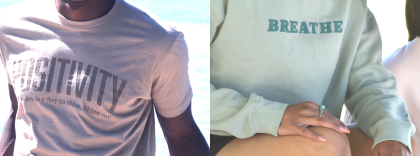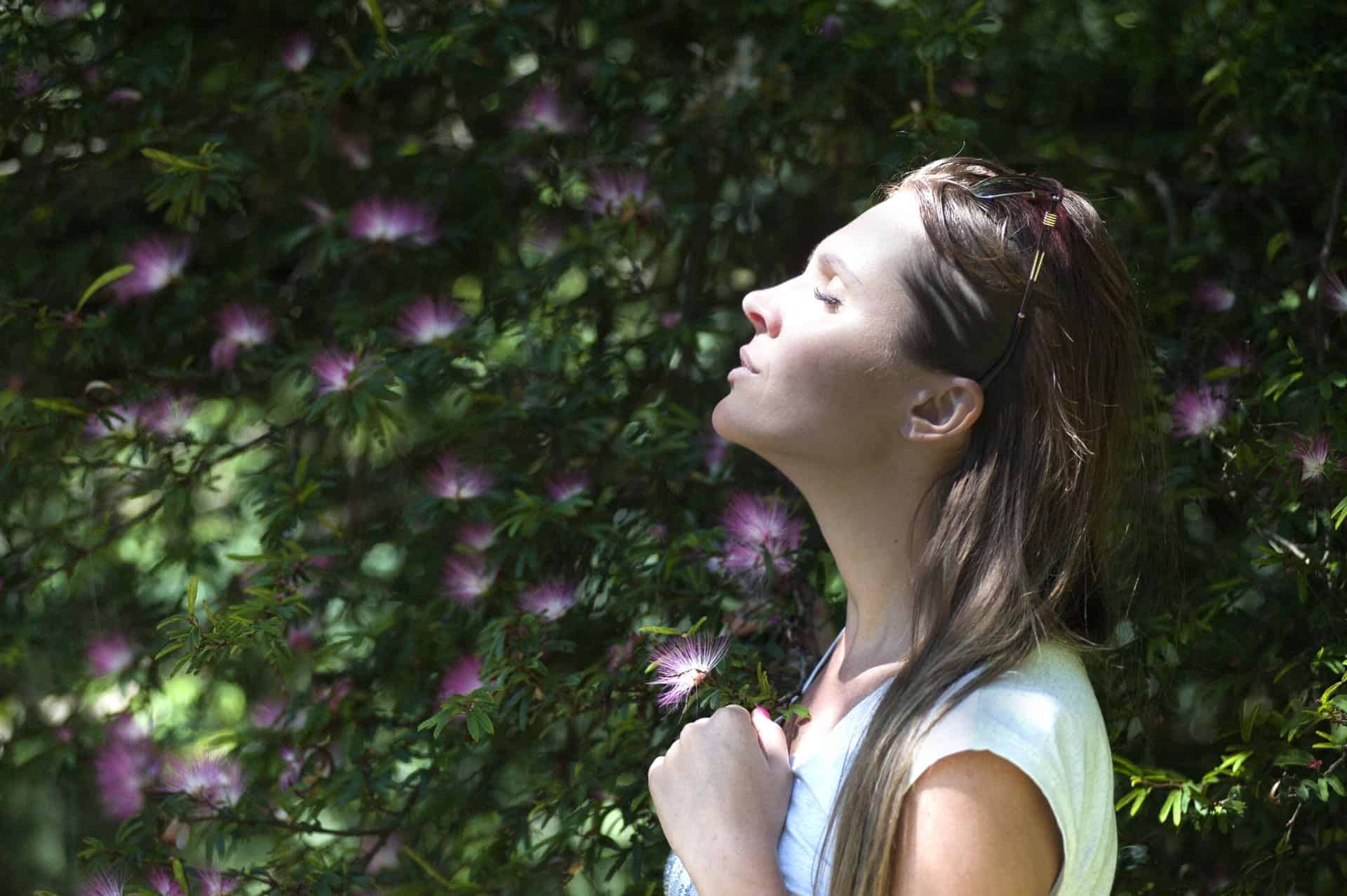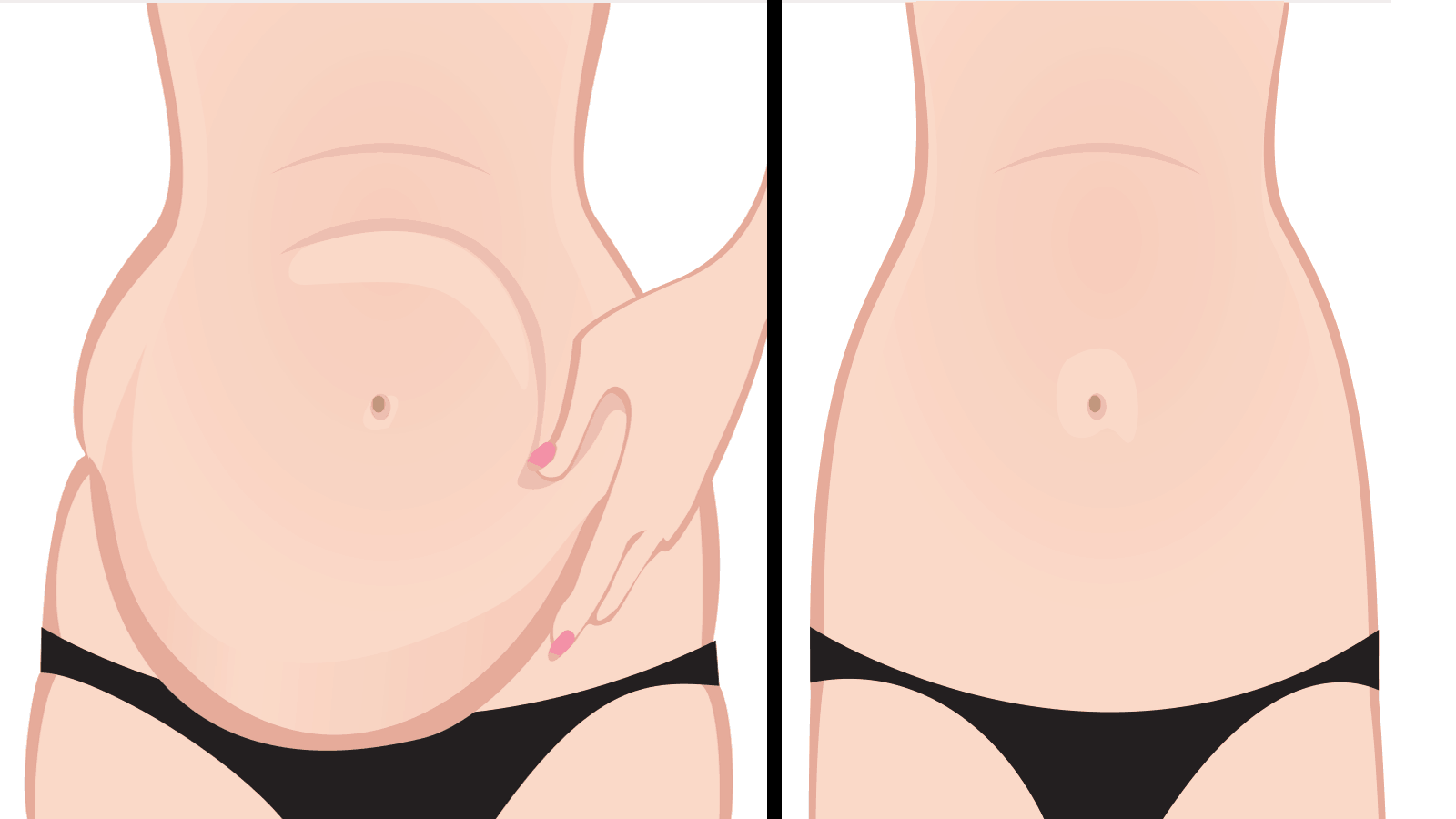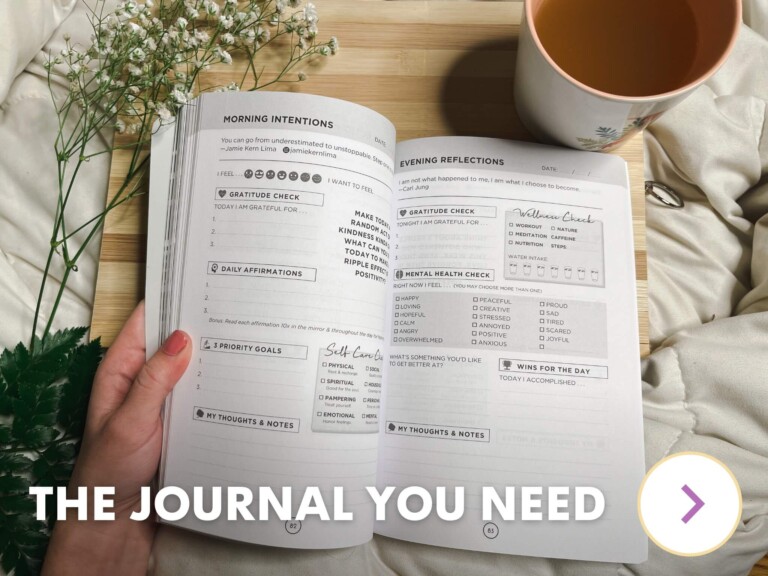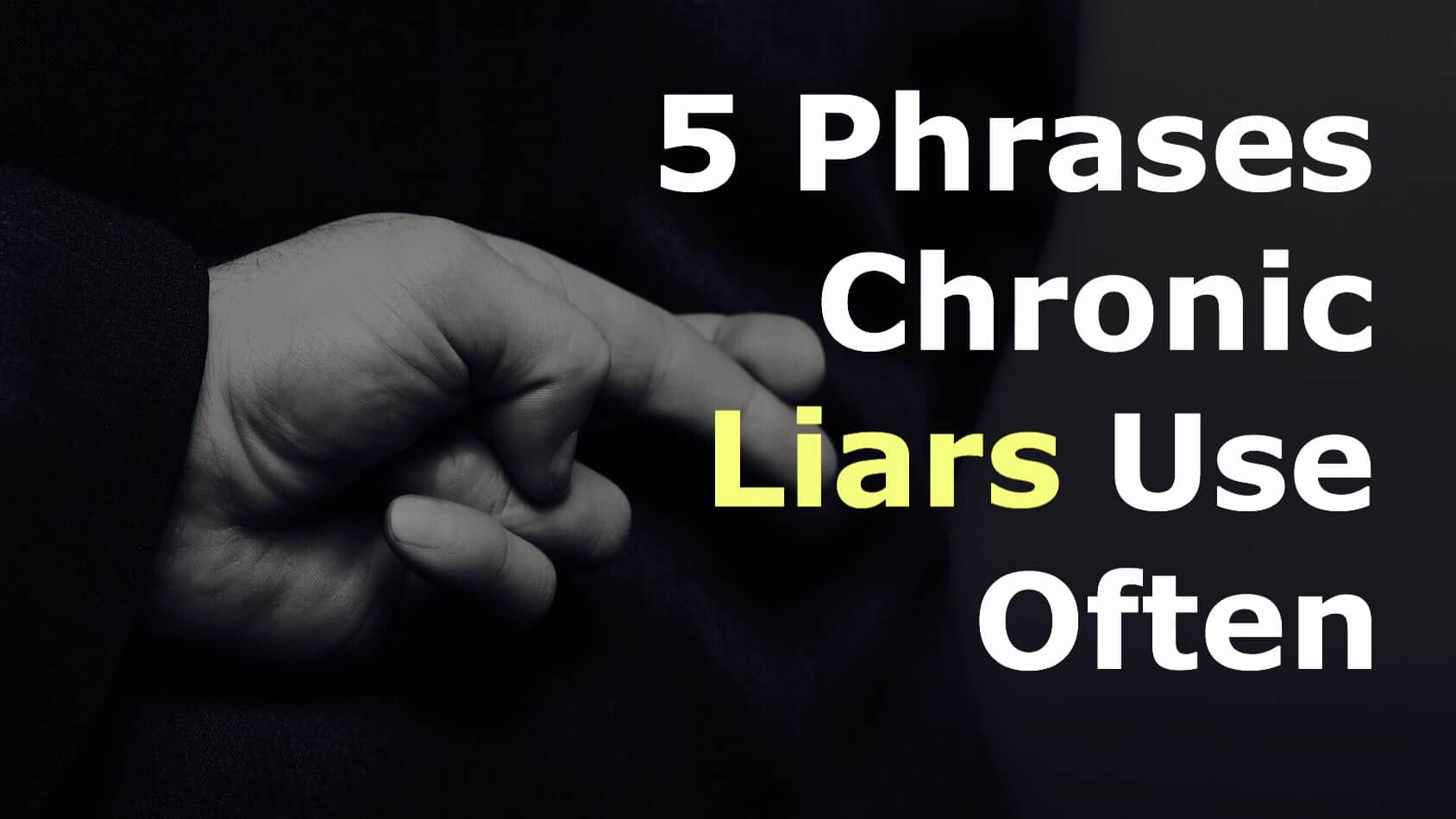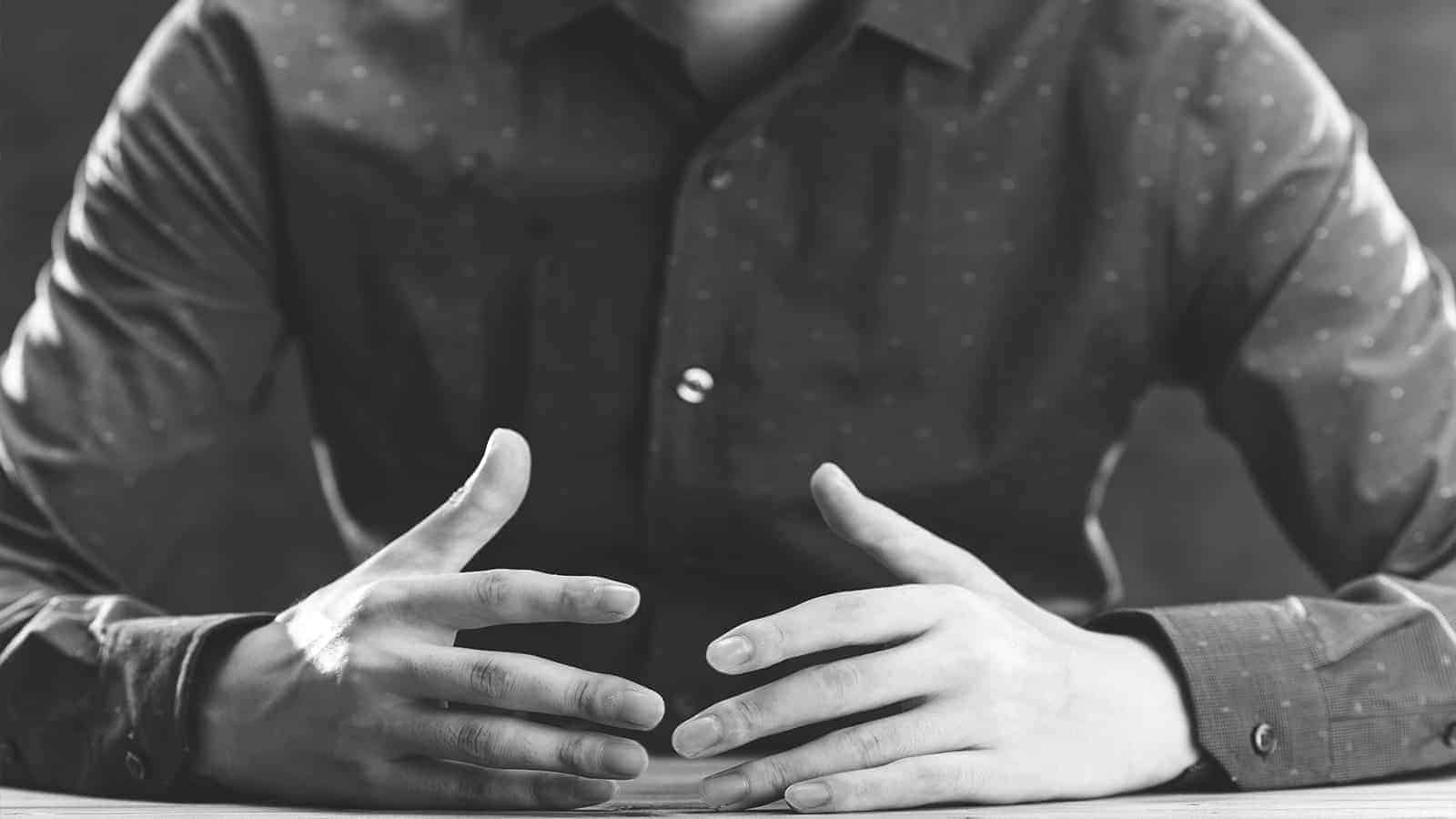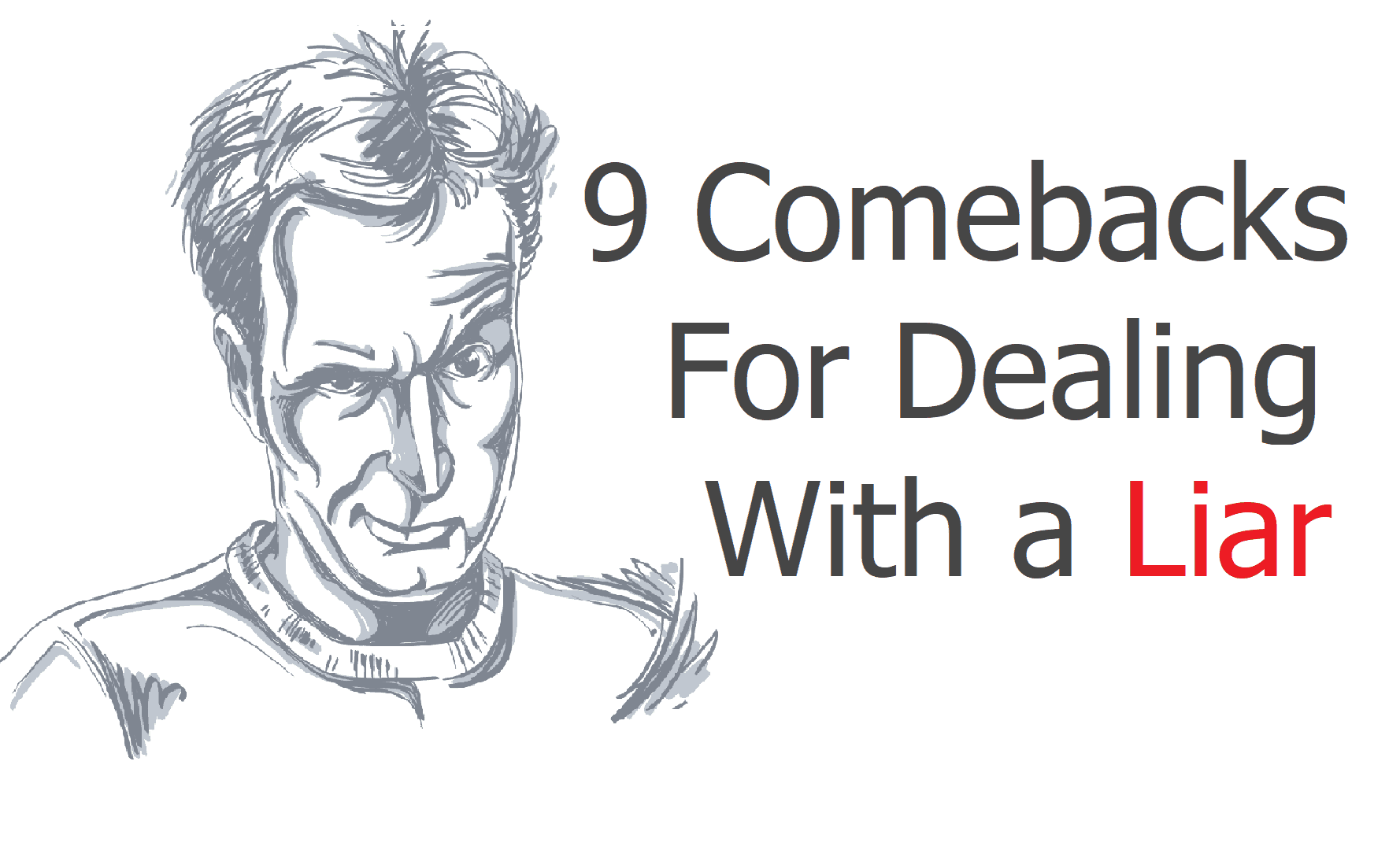Breathing is a powerful way to change the way that you are feeling, and it can be done anywhere at any time. If you take a deep breath in and then blow it out slowly, you may instantly notice a small difference. With this being the case, just imagine how much of a difference breathing could make if you learned actual breathing techniques that relieve stress.
These stress relieving breathing techniques are specifically intended for this purpose so, if you are doing the breathing correctly, you will likely notice an immediate change in your body. The next time you are feeling relaxed, make a mental note of how you are breathing. Breathing techniques help you breathe like you do when you are actually relaxed, which is why they help so much when you are feeling stressed.
The stress relief breathing techniques that will be explained in this article include:
- Deep breathing
- Breath focus
- Equal time breathing in and out
- Progressive muscle relaxation
- Modified lion’s breath
- Belly breathing
- 4-7-8 breathing
- Morning breathing
What You Should Know Before You Begin
While learning and using breathing techniques to relieve your stress is easy, there are some things you need to know before you begin. Don’t worry, it will all be easy to remember and won’t be an added stressor.
- You should find a quiet, comfortable place to practice.
While you may not always be able to find a quiet or comfortable place when you are stressed out, you should try to do so as often as possible. When you are first learning these breathing techniques, it is even more important to find a comfortable place to avoid distraction. This allows you to really focus on the breathing and ensure that you are doing it correctly.
- You should never force the breathing.
Forcing the breathing could actually make your stress worse. If it isn’t coming naturally, or if you are having trouble focusing, take a break and try again later.
- Timing may be important, so it is best if you can practice your breathing at the same two times each day.
Your body responds best to routine, so doing your breathing at the same time each day can make it more effective. This is not essential, however, and you can do the breathing whenever you feel necessary.
- Your clothing choice does matter.
Comfort is important for proper breathing techniques, and if your clothes aren’t comfortable, you won’t be either. If you want this to truly work, you have to make sure you are wearing comfortable clothing during the breathing.
- It is fine if you can only practice a breathing technique for a few minutes.
While it is ideal to do the breathing for at least 10 minutes, even a few minutes will help relieve your tension. Likewise, it is fine if you want to do the breathing for longer than 10 minutes. The longer you do it, the greater the benefits will be.
- Incorrect breathing can cause further stress
When you take breaths into your chest that are short and shallow it can make you feel anxious and exhausted.
Breathing Techniques That Relieve Stress
1.Deep Breathing
The deep breathing technique will help you learn to take big, deep breaths into your stomach. To begin, it is ideal for you to get comfortable while lying on your back with a pillow underneath your head and knees. If lying on your back isn’t an option, then sitting in a chair that supports your head, neck and shoulders will work.
Once you are in a comfortable position you should breathe in through your nose until your stomach fills up with air, and then breath out slowly through your nose. Next, place one hand on your stomach and the other on your chest and focus on your stomach lowering. Feeling your body moving rhythmically during your breathing can help relieve your tension even more.
To ensure that you are doing this correctly, you could place one hand on your stomach and the other hand on your chest. Pay attention to make sure that the hand you have on your stomach moves more than the other hand.
Once you’re sure that you are doing the deep breathing technique correctly, you can do a more intense breathing session. To do this, do a total of four deep breaths in and back out while focusing on the sensation.
2. Breath Focus
This breathing technique should be used in addition to the deep breathing technique. While deep breathing, you should think of a picture or word in your mind that makes you feel relaxed. Once you have the relaxing thought in your mind, close your eyes and take a couple of deep breaths.
While you are breathing in, think of the air as calmness entering your body. Focus on the way it enters your body, and envision it moving throughout your entire body. As you slowly and evenly breath out, think of the air that is leaving your body as the stress that you were experiencing.
Additionally, you should think of a positive word or short phrase in your mind as you breathe in and out. On Web MD, experts on breathing techniques that relieve stress suggest saying in your mind, “I breathe in peace and calm,” as you breathe in. Likewise, they suggest that you say in your mind, “I breathe out stress and tension,” as you breathe out.
You should continue this breathing technique for a minimum of 10 minutes. 20 minutes is ideal, but any amount of time will be helpful.
3. Equal Time Breathing In And Out
This breathing technique is best described as the title says; equal time breathing in and out. You will breathe in for the exact same amount of time you breathe out. The goal is to progressively breathe in and out for longer extensions of time.
When you do this, you should make sure you are sitting comfortably in a chair or on the floor before you begin. Then, you should breathe in through your nose for five seconds and then out through your nose for five seconds. It is important that you do nose breathing for this, and avoid mouth breathing.
You will repeat this breathing technique several times, extending the number of seconds each time. You shouldn’t strain to go longer, however, and you should avoid going any longer than 10 seconds. If you find yourself running out of air, begin breathing in again.
4. Progressive Muscle Relaxation
This breathing technique is intended to help you relax mentally and physically. Not many techniques offer both benefits, so this one could be the way to go when you need both types of relief. Basically, you tense up one group of muscles as you breathe in, and then relax the muscle group as you breathe out.
To do this, you will want to find a comfortable place to lie on the floor. Using a yoga mat may help with your comfort, but it isn’t necessary.
You will start by breathing in as you tense your feet and then breathe out while you relax your feet. Next, you will tense and relax your calf muscles. You will work your way up from there and do this technique with your legs, abdomen, chest, fingers, arms, shoulders, neck, and face.
5. Modified Lion’s Breath
This breathing technique may make you feel silly the first couple of times you do it. Essentially, you open your mouth as wide as you can and push all of your breath out.
Just like with the other breathing techniques, you want to start in a comfortable position. You need to sit up for this one, so a chair or the floor are your best options.
Once you are comfortable, you will breathe in through your nose until your stomach feels completely full of air and you can’t breathe in anymore. Then, you will open your mouth wide and breathe all of that air back out while making an “ahh” sound. Do this same breathing technique several times until you are feeling better.
6. Belly Breathing
Similar to deep breathing, belly breathing involves breathing in through your nose for as long as you can. The part that is different from deep breathing, however, is that you breathe out through your mouth.
To start, you should sit or lie down comfortably, and then place one hand flat on your belly. Your other hand should be placed on your chest.
Then, take a deep breath in through your nose, while you feel your belly pushing your hand out. The hand on your chest should not move at all, however. If it does move, you are doing this breathing technique incorrectly.
After you breathe in until your stomach is full of air, you will purse your lips just like you would if you were whistling. Breathe the air out through your pursed lips until there is no air left to push out. You should do this technique three to ten times, without rushing.
7. 4-7-8 Breathing
This breathing technique is an extension of the belly breathing exercise. You can do this sitting or lying down, you just have to make sure you are comfortable.
As with the belly breathing, you will put one hand on your stomach and one on your chest. You will take a deep breath in through your nose, but instead of breathing in until your stomach is full, you will take a slow breath in as you count to four. Then, hold your breath in and count in your head to seven.
Once you have counted to seven, you will breathe out while you count in your head to eight. Your goal is to get all of the air out by the time you count to eight. Do this breathing technique three to seven times, or until you feel less stressed.
8. Morning Breathing
When you first wake up in the morning, relieving any tension in your body is important and can set the precedent for a great day. This breathing technique is intended just for that. You can also use it throughout the day to relieve tension.
To do this breathing technique, you should start in a standing position, slightly bend your knees, and bend forward at the waist. Then, let your arms hand toward the floor.
You will then breathe in deeply and slowly before returning to the standing position. When you stand, however, you should do it slowly by rolling your body up, lifting your head up last. Hold your breath for a couple of seconds, and then slowly breathe out as you return to the bent position with your arms hanging.
Final Thoughts On Breathing Techniques That Relieve Stress Naturally
The way you breathe can make all the difference in how you are feeling, especially when it comes to stress relief. Breathing techniques have been designed to help you breathe as if you would when you are naturally relaxed, which helps return your body and your mind to that state of well-being.
Trying all of these breathing techniques at different times will be beneficial so that you can experience how they make you feel. Once you have tried them all, you can decide which ones you want to practice more often, based on how well they work to relieve stress naturally.
